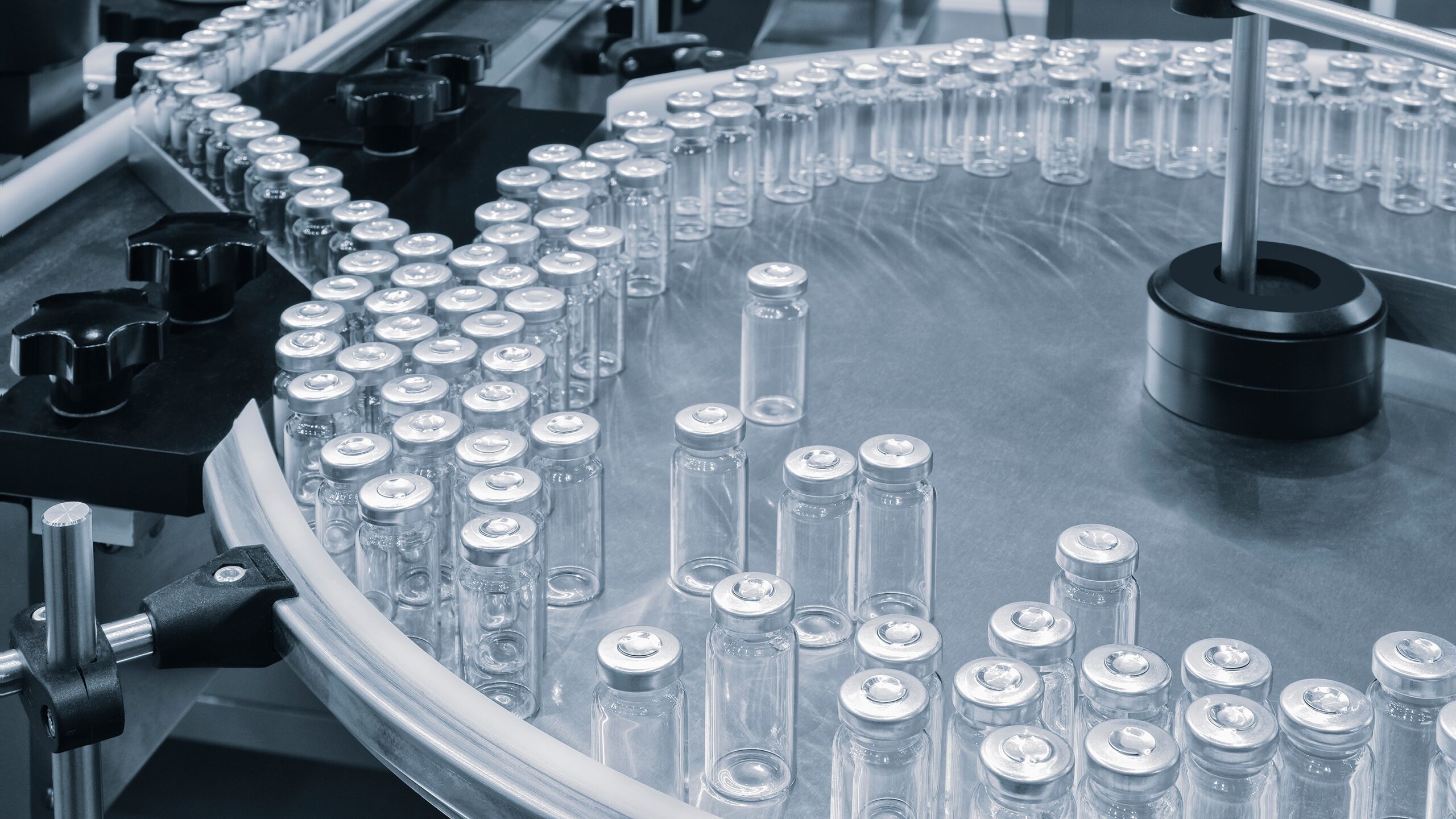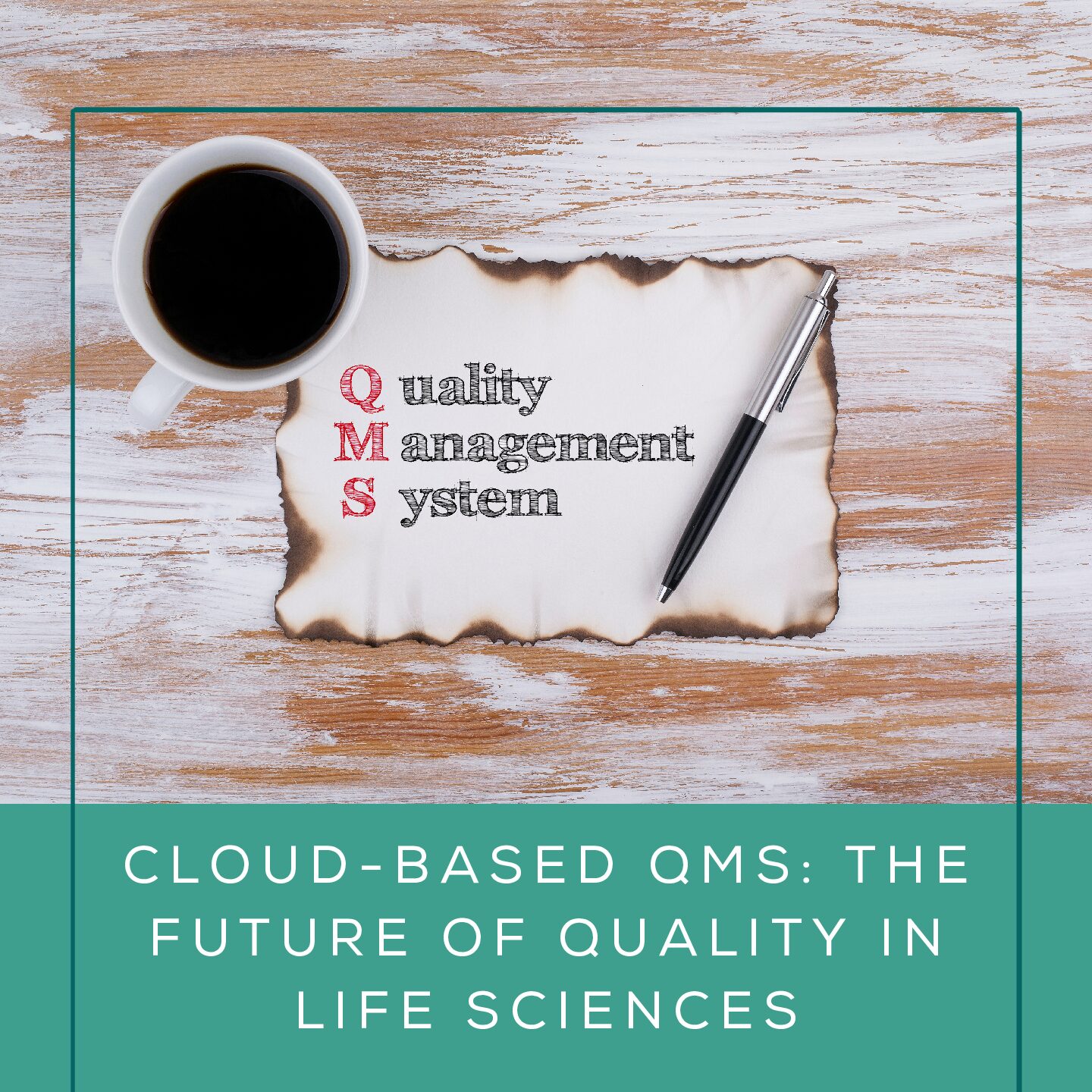Environmental monitoring (EM) is essential in the production of pharmaceuticals, providing critical data on particulate and microbial levels in cleanrooms and other controlled environments. However, collecting data is only the beginning. The true value lies in analyzing environmental monitoring trends to identify potential issues, ensure compliance, and maintain a high standard of cleanliness. This blog explores how to effectively analyze EM trends and why this practice is essential for maintaining a compliant and controlled environment.
Environmental monitoring involves systematically sampling air, surfaces, and sometimes water within a cleanroom or controlled environment to detect potential contamination. This data, collected regularly, helps maintain compliance with regulatory standards and ensures the integrity of the manufacturing process. However, the real power of EM lies in trend analysis, where patterns over time are examined to provide actionable insights.
Trend analysis in environmental monitoring is essential for several reasons. Firstly, it enables early detection of contamination, allowing for prompt action before issues escalate. Regulatory compliance is another critical factor; agencies like the FDA and EMA expect organizations not only to collect EM data but also to analyze it and take appropriate action based on the findings. This analysis also supports continuous improvement efforts by identifying the effectiveness of current contamination control strategies and highlighting areas for enhancement. Furthermore, when deviations occur, trend analysis helps pinpoint the root cause, such as increased particulate levels after a change in cleaning procedures or a spike in microbial counts following new equipment installation.
Effective trend analysis begins with accurate, complete, and well-organized data. Regular, systematic sampling, coupled with centralized data storage, makes the process of accessing and analyzing data more efficient. Establishing baseline levels for your cleanroom or controlled environment is the next critical step. These baselines represent the normal, acceptable ranges for particulate and microbial counts under standard operating conditions, serving as reference points for identifying deviations.
Visualizing the data through graphs, control charts, and heat maps is essential in identifying trends. These tools help reveal patterns, such as seasonal variations or gradual increases in particulate levels, making it easier to interpret large datasets. As you analyze this data, it’s important to look for recurring patterns or shifts that might indicate potential issues. For instance, identifying specific times of day, areas, or processes where contamination levels are higher can provide valuable insights into your environment’s dynamics.
When trends indicate deviations from the established baselines, it’s crucial to conduct a thorough investigation. This involves reviewing recent changes to the environment, such as new equipment installations, alterations to cleaning procedures, or shifts in personnel. Identifying the root cause of a deviation allows for the development and implementation of corrective actions, which might include changes to protocols, equipment adjustments, or additional personnel training.
Corrective and preventive actions (CAPA) should not only address the immediate issue but also aim to prevent similar occurrences in the future. The documentation of these actions, along with the identified trends and investigations, is essential for demonstrating compliance and continuous improvement to regulatory bodies and internal stakeholders.
Analyzing environmental monitoring trends is a critical component of maintaining cleanroom compliance and ensuring product quality. By systematically collecting, organizing, and analyzing EM data, organizations can detect potential issues early, comply with regulatory requirements, and continuously improve their contamination control strategies.
Trust the experts at EMMA International to support with analyzing your EM program and ensure you are addressing any issues proactively. Contact us today at 248-987-4497 or email info@emmainternational.com to learn more.
FDA (June 2023) Environmental Sampling retrieved from: https://www.fda.gov/food/sampling-protect-food-supply/environmental-sampling






